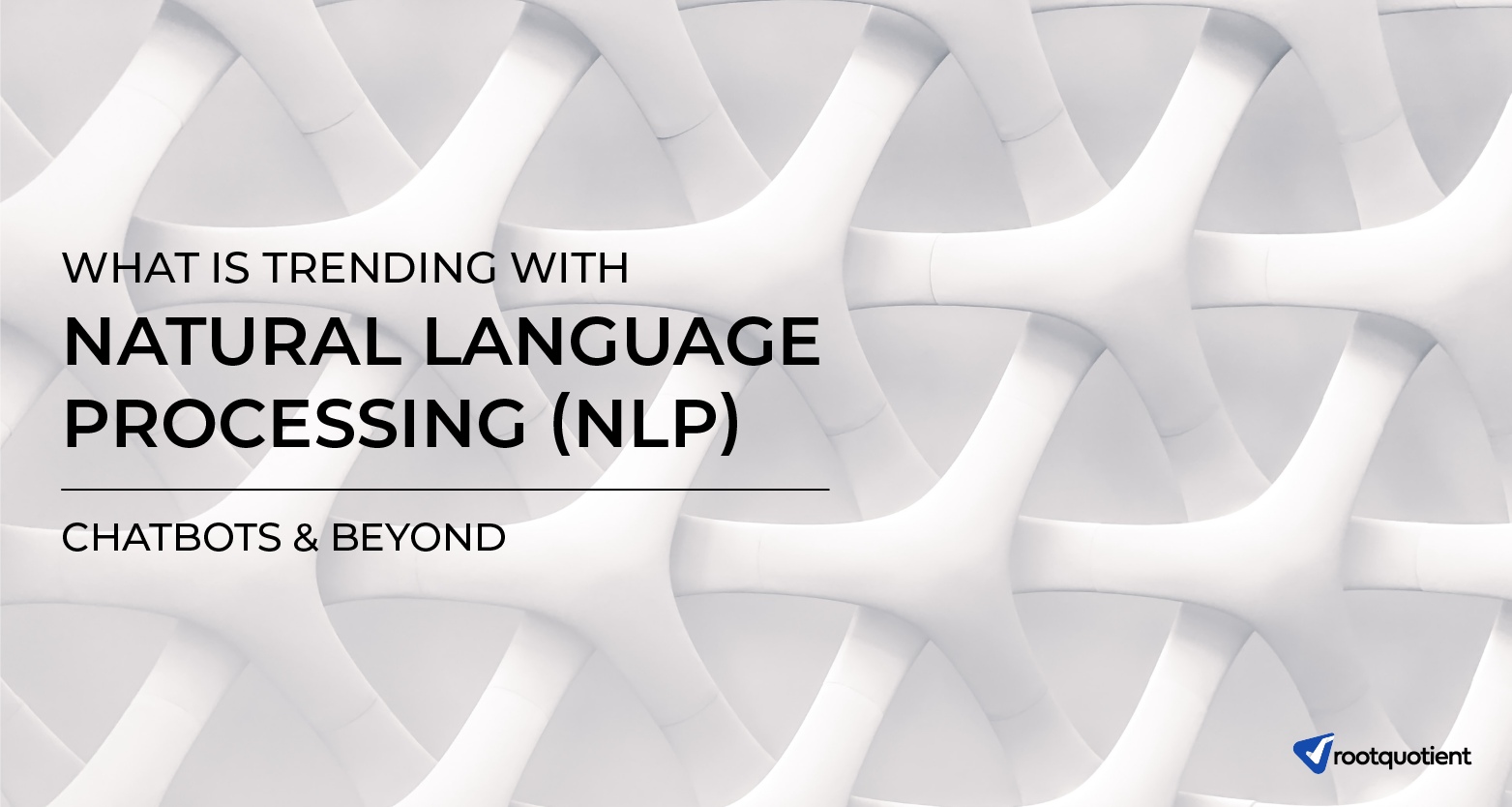Names like Siri, Alexa, Google have become household terms people have become comfortable with and have been using them as much as any basic technology like mobile phones. How do these devices understand human languages? Thanks to Natural Language Processing (NLP), human-computer interaction has come together in language, the only aspect that was different between these bits of intelligence in the beginning of the technological revolution. Now that we’ve been advancing at an unimaginable pace, the obvious was to blend the languages and help machines understand humans better in a human way. Structured data used only by experts are long gone. With this directly entering the consumer market at this pace, what does the future hold? What are the trends that we should already keep up with to make our lives even more comfortable?
Four Major Trendsetters in NLP
A statistical data proves that the usage of the term NLP among experts and publications has seen a sharp rise after 2015. Currently, NLP has conquered the worlds of machine learning in various ways. The following are some of the ways in which NLP has influenced the operations of machines.
1. Unsupervised learning
Machine learning has been dominant in creating smarter workspaces. With language integration, it was important for the machines to register a word, its usage, function in a context and many other specific details. This could further lead to networking the relationship between different parts of a sentence. This process reduces human attention required and makes the machine smarter by itself.
2. Deep learning
As a foundation for conversational speech recognition systems, NLP has the most empowerment from deep learning. Recurrent Neural Networks (RNN) are playing a huge role in text analytics where they categorize documents and for entity tagging. This is used for Natural Language Generation. For instance, if a picture is uploaded and there have been similar ones put up before, the machine can tag it under a certain category or give it an appropriate description based on what has been the trend so far.
3. Semantic Search
Big data collection is the norm now. Any machine learning involves an immeasurable amount of data and specific searches become looking for a needle in a haystack. Natural Language Understanding comes into play in finding the minutest of details in the core idea of a text. This makes data accessible to more business users.
4. Reinforcement learning
Though this has proved to be a slightly complicated and difficult task, all the above-mentioned techniques lead to this. This is possible because of Natural Language Generation such as summarization of texts. Although this might limit the learning capacity temporarily and is not easy to achieve perfection, we can say that we are proceeding in the perfect direction to better the augmentation of human and machine intelligence.
Click here to know how AI has influenced various industries so far
Top Applications of NLP
• Integrated chatbots
Any service website has a chatbox that is available all the time, thanks to AI. The next step is voice and bot interfaces that are thriving in these companies and are trending already. For instance, Microsoft’s Cortana is assisting business users by letting them use voice for searching and processing data. This is widely welcomed by clients as well at a surprising rate.
• Human-computer interaction
Communication among humans is the most basic entity of this worldly life. Soon, human and machine interaction could be as flawless as that. Unstructured data will be processed in real-time and immediate responses can be generated. A varied range of businesses including health care, robotics, financial services, automated home machines, etc. will be predominantly affected by NLP.
• Financial business strategies
An organization is never devoid of financial roller coasters. Any news related to aspects like profit or a new acquisition, etc. easily influence the outlook of investors. Investors, banks and associated financial organizations can use platforms like social media, services, etc. to understand client sentiment. Financial advisors can use this strategy to provide internal recommendations and help decision-makers by understanding the pulse of the market better.
• Business Intelligence
All businesses are data-driven. It is Natural Language Processing that would ensure the shift from this to intelligence-driven platforms. Rapid updates are closely related to humanity results in more radical and strategic decision making. Specific industry verticals will grow on their own and not depend solely on numbers.
What next with Natural Language Processing?
All is not glittery in the world of NLP. Since the major developments are geographically pocketed, it works better in North American countries, especially the US and Canada, and China has its own range of development. This results in geographical bias. For instance, languages based in any country may not be as effective in the current system because it has not been used for language influence in the devices. Regional usage of English can affect the prevailing system. Multilingual platforms exist but English remains dominant.
The way forward should be more inclusive for the entire world to benefit from this path-breaking and fast-paced technological development. As NLP grows, it is expected to break all barriers in terms of analytics adoption and further embed more data into the core of workplace systems.
